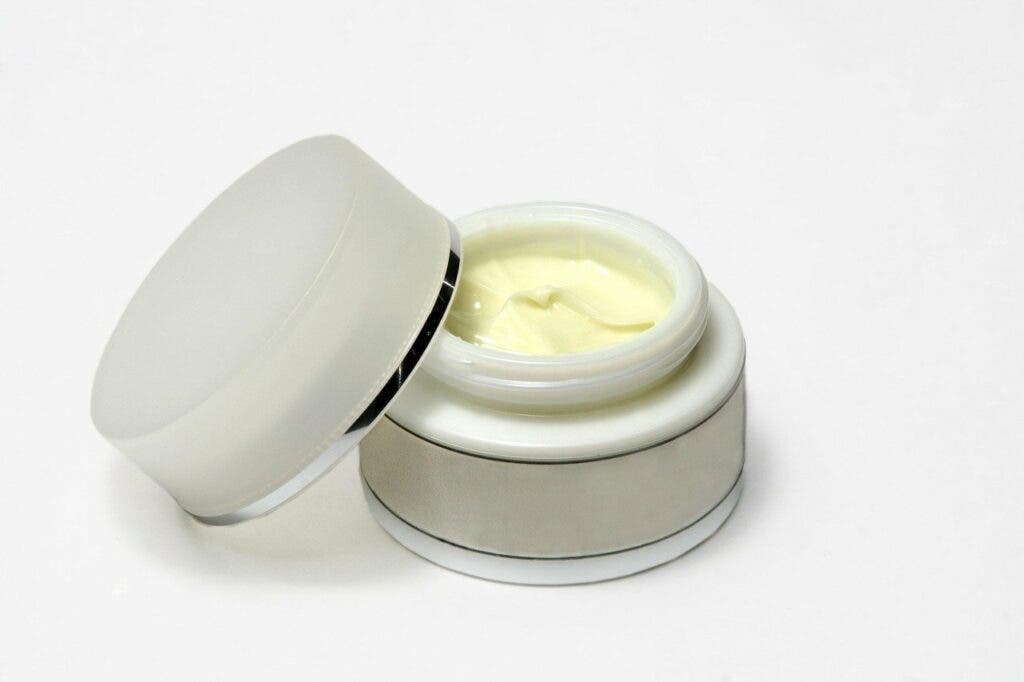Researchers at the Institute of Genomics and Integrative Biology in New Delhi report developing a new option for skiers, soldiers, hikers, and other individuals exposed to extreme cold to handle the threat of frostbite.

Frostbite is the product of ice crystals forming in skin or tissues due to extreme cold. Frozen water occupies a larger volume than liquid water, and this increase causes severe damage in tissues that experience frostbite. These problems are amplified by context; frostbite generally occurs in remote areas, which causes significant delays in its treatment. Due to this, frostbite often produces severe wounds that result in scars or limb amputations.
There’s a cream for that
A new study describes the development of a cream that can help protect tissues from frostbite. The authors tested their cream on mice, and report that it can prevent or significantly lessen frostbite injuries when applied to the skin 15 minutes before exposure to severe cold.
Frostbite affects cells both in the skin, and those in deeper tissues, potentially reaching down to the bone, causing extensive cell damage and death. This can then cause secondary health issues such as infections or permanent nerve damage.
Our main treatment for frostbite currently involves rapidly rewarming the affected area to reverse freezing. Due to delays in administering treatment, however, frostbite patients usually experience extensive cell death by the time they get help. Preventive strategies would be much more useful, especially for individuals who work in conditions of extreme cold or are otherwise exposed to these conditions for long periods of time.
Some preventive strategies that researchers are exploring today range from more practical approaches, such as sewing electric heating into clothing, down to the very sci-fi sounding ones, such as altering the human genome to give our bodies the possibility to produce antifreeze proteins. For many reasons, from cost to safety concerns, none of these have made their way to the market so far.
The researchers wanted to develop an effective and simple option to prevent frostbite. Their approach involves using a combination of common synthetic molecules that laboratories use to cryopreserve cells — dimethyl sulfoxide (DMSO) and polyvinyl alcohol (PVA). The first prevents the formation of ice crystals inside cells, and the second one prevents their formation between cells.
The researchers first tested how well different quantities of DMSO and PVA, both alone and in combination, could prevent the death of cultured cells in a petri dish that was exposed to freezing temperatures. A mix of 2% DMSO with 1.6 mg/mL PVA produced the best survival rates (80%) without damaging the cells’ membranes or structures. It also allowed cells to continue division and genetic expression in a more normal fashion after exposure to extreme cold.
The team christened this combination SynAFP, mixed it in with a commercially-available aloe vera cream, and applied it to the skin of test mice 15 minutes before subjecting them to a cold challenge. The cream reduced the size of the wounds caused by frostbite, the level of tissue damage and inflammation observed in the mice, and sped up recovery (as compared with untreated, control mice).
However, the cream did not produce any effects if applied 30 minutes or more before the exposure to cold. But multiple applications did not seem to damage the mice’s skin in any way.
While the results are encouraging so far, there is still much work to be done before this cream will be available for any of us to use. The team first needs to make sure that the cream is safe to use by people, and then to determine the best way for us to employ it — for example, how often it needs to be reapplied for optimal results.
The paper “A Combination of Synthetic Molecules Acts as Antifreeze for the Protection of Skin against Cold-Induced Injuries” has been published in the journal ACS Applied Bio Materials.


